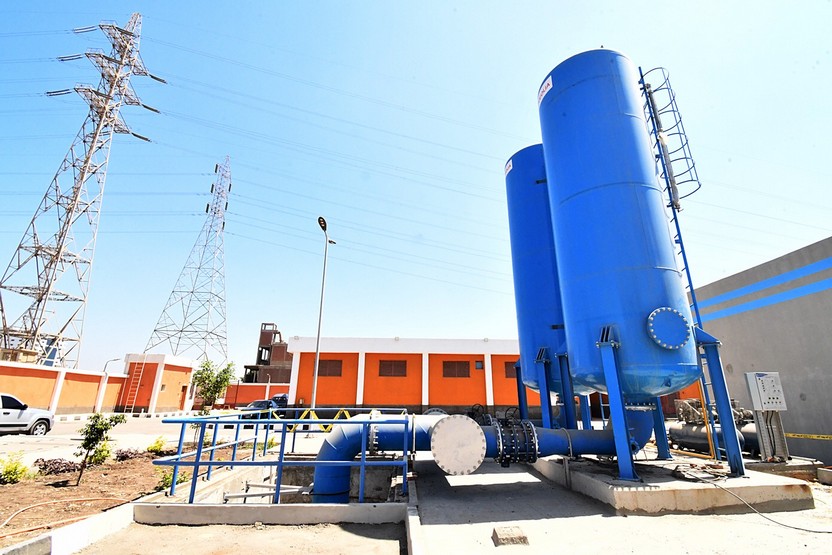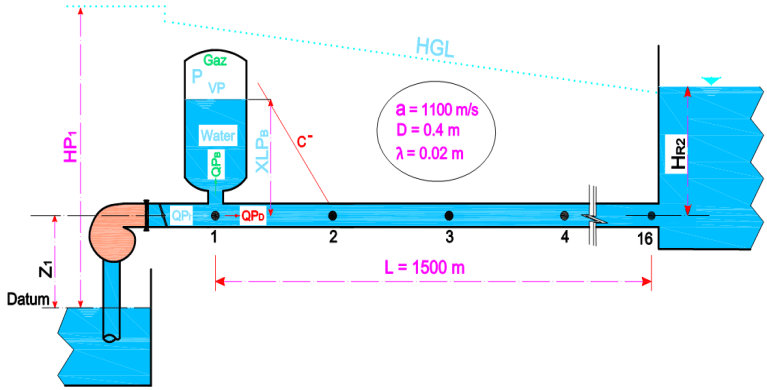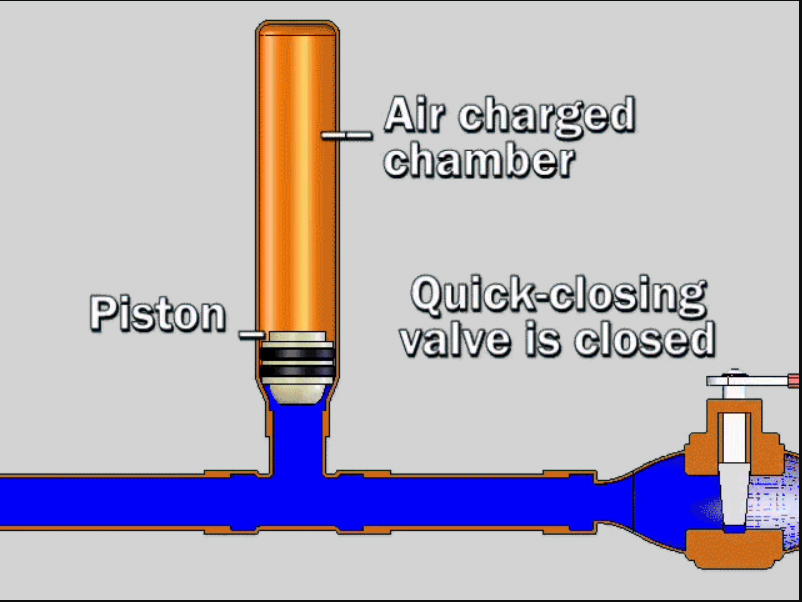Water hammer, also known as hydraulic shock, is a phenomenon that occurs in water distribution systems when there is a sudden change in the velocity of water flow.
This change in velocity can result from rapid valve closure, pump startups or shutdowns, or sudden changes in flow direction.
Water hammer manifests as a pressure surge or shock wave that travels through the piping system, leading to potential damage to pipes, valves, and other components.

1. Open Surge Tank:

2.Closed Surge Tank:

3.Air Chamber:


Gamal AlDin Dwidar Street 1, AlHadiqah Ad Dawleyah, Nasr City, Cairo
01019689990
Tikal Water & Irrigation Systems © All Copyright 2024